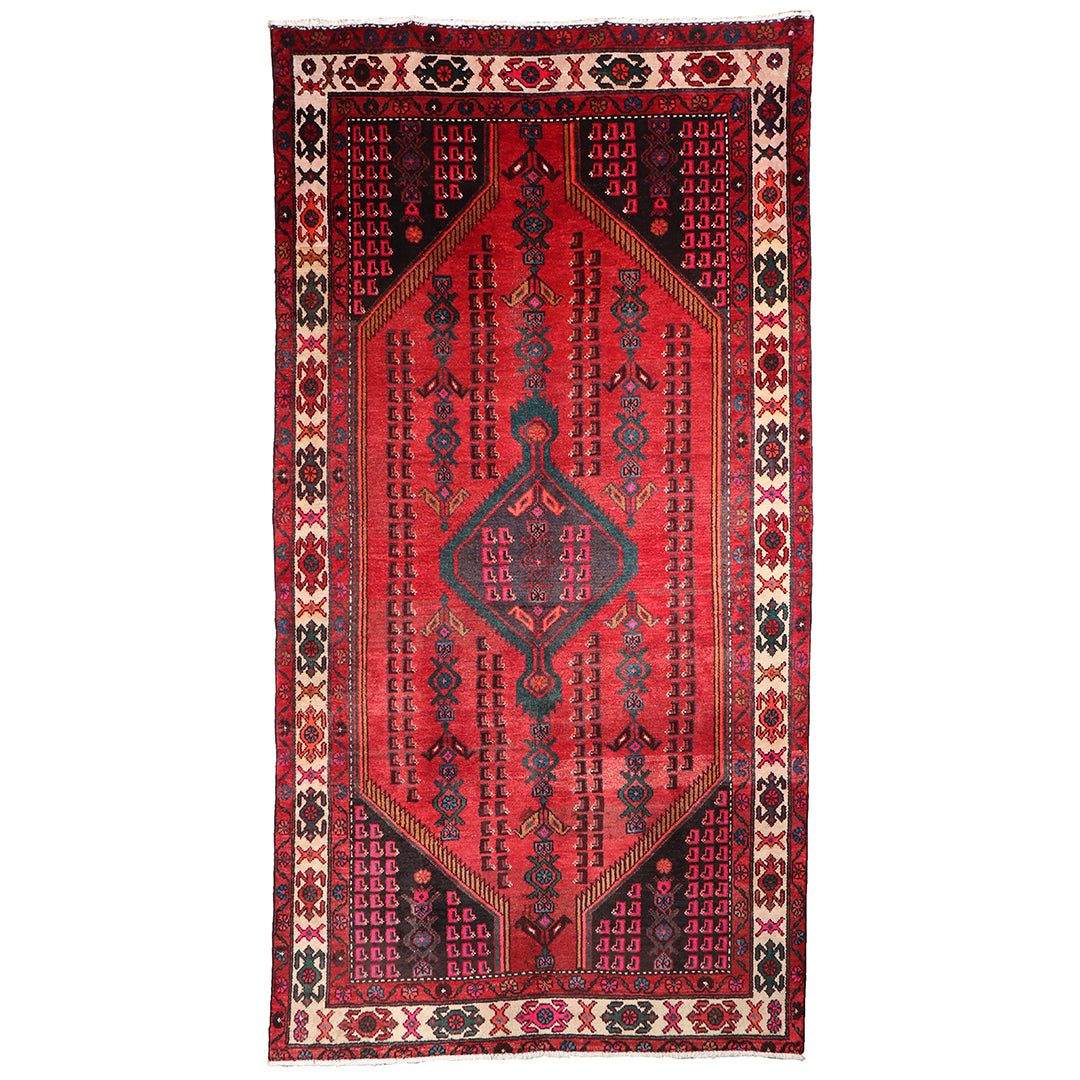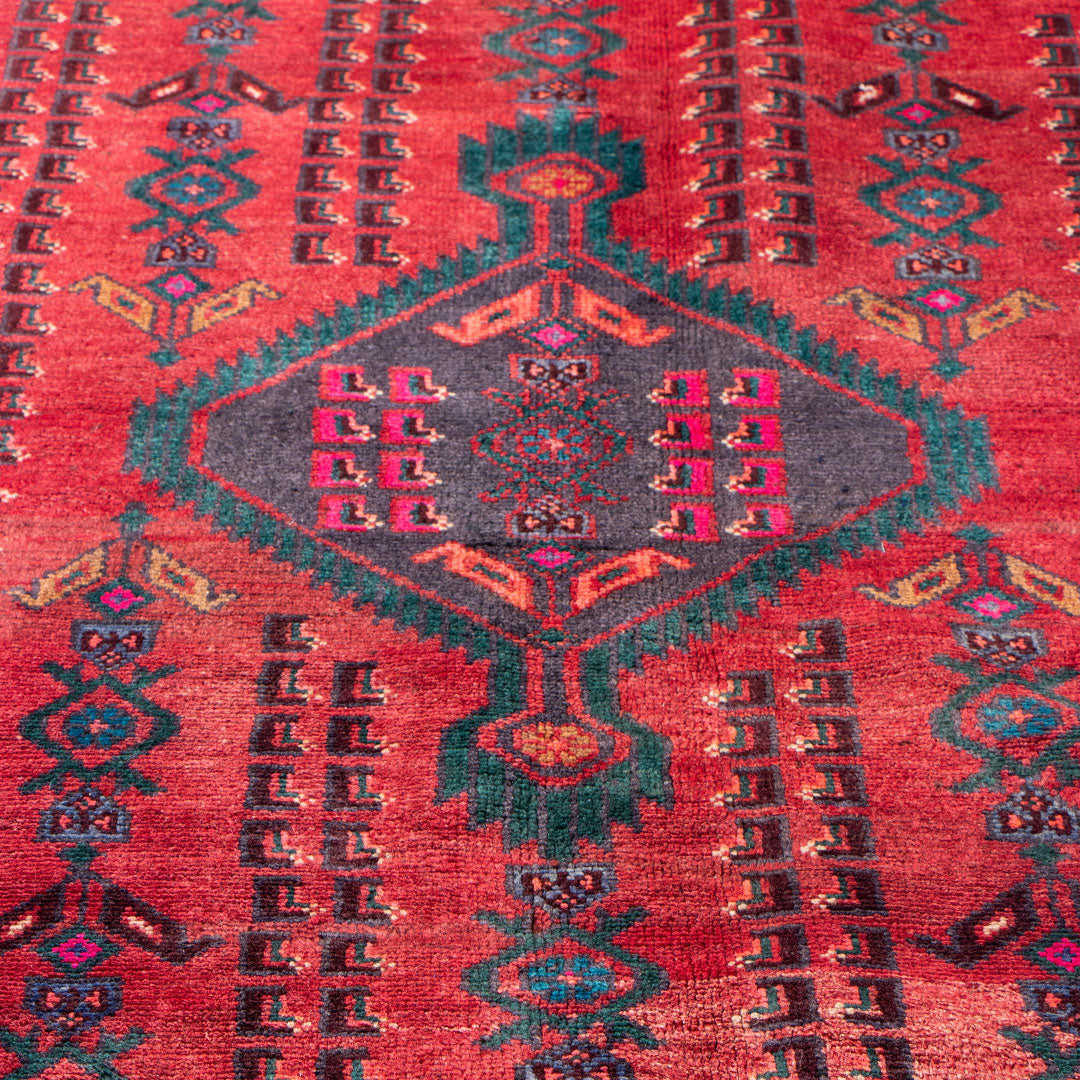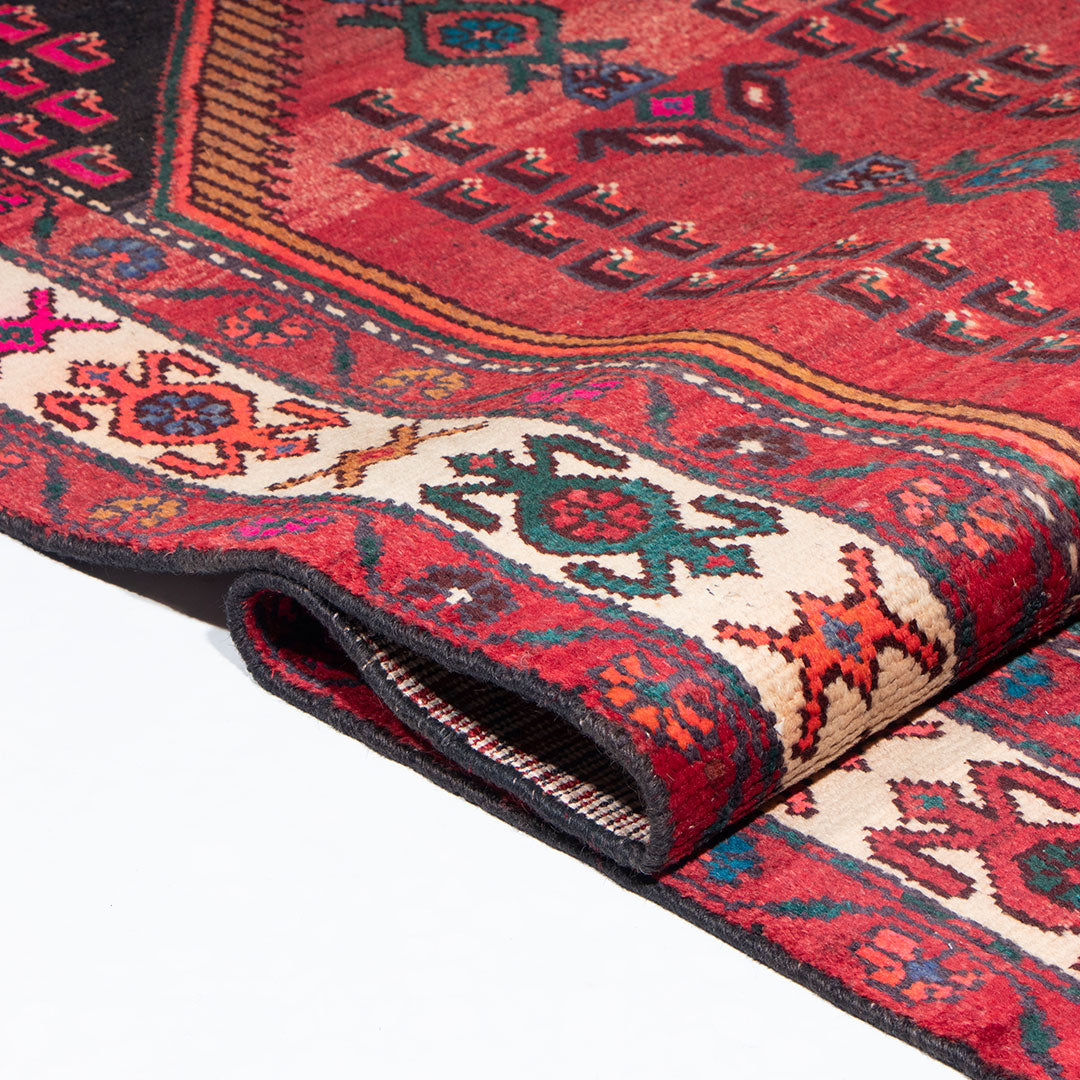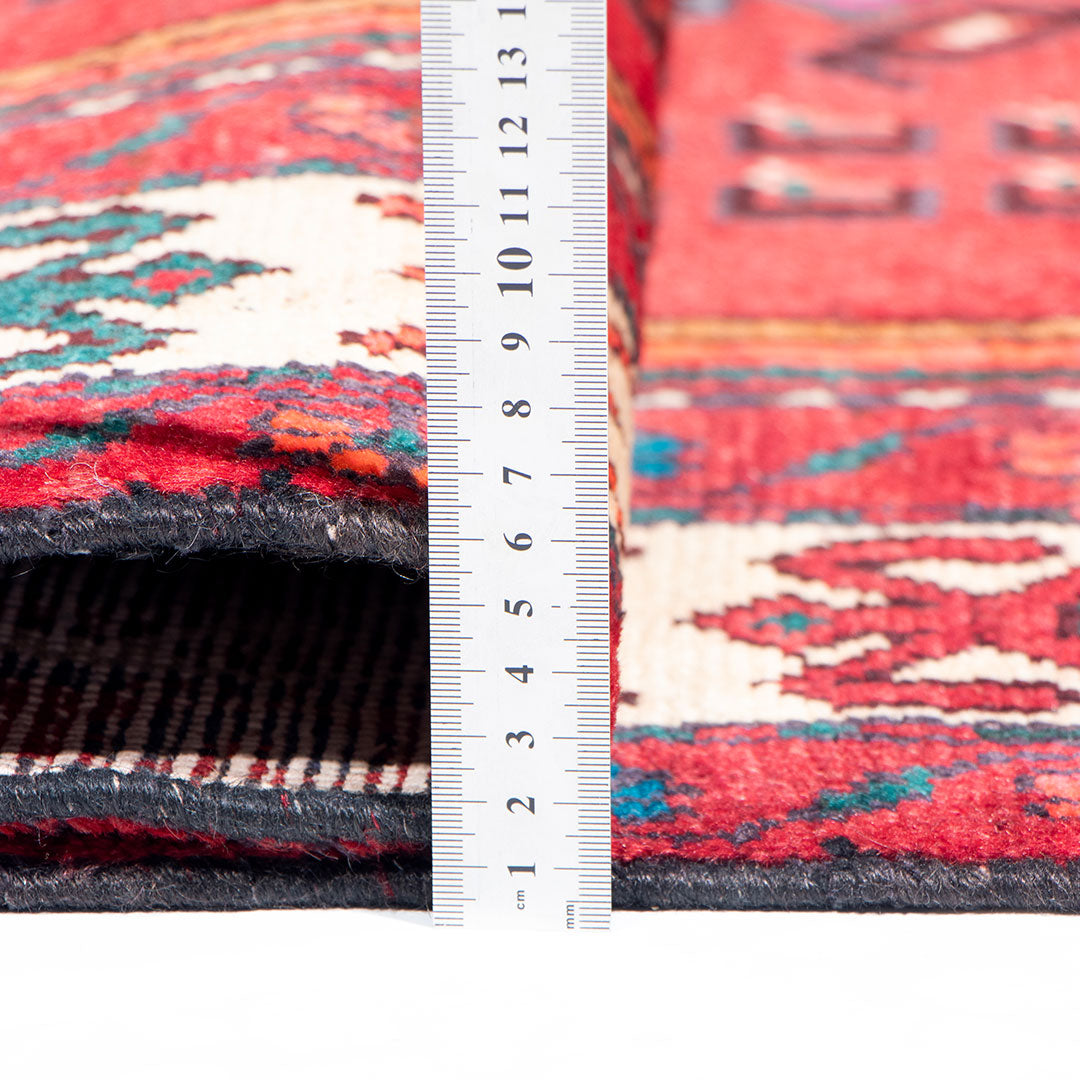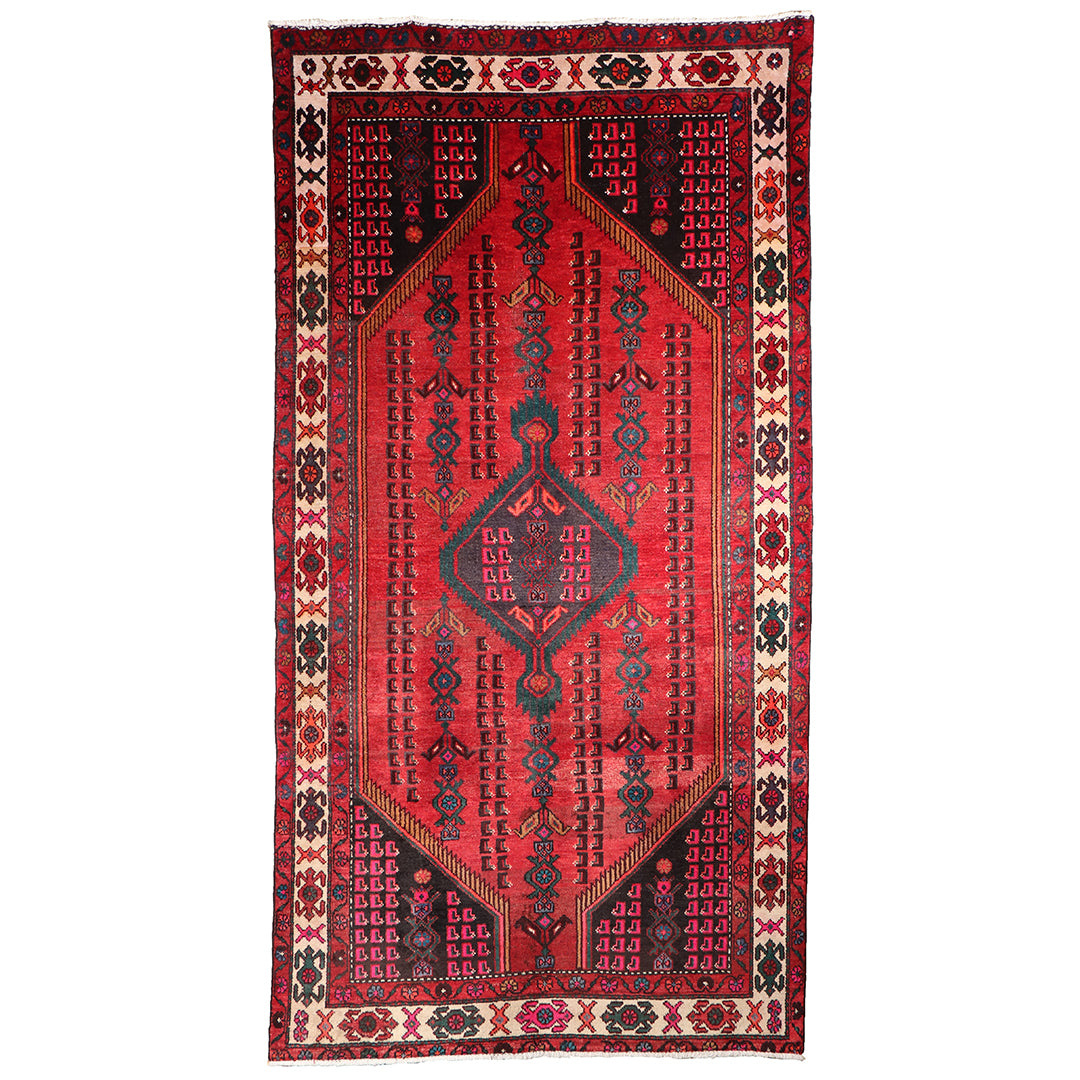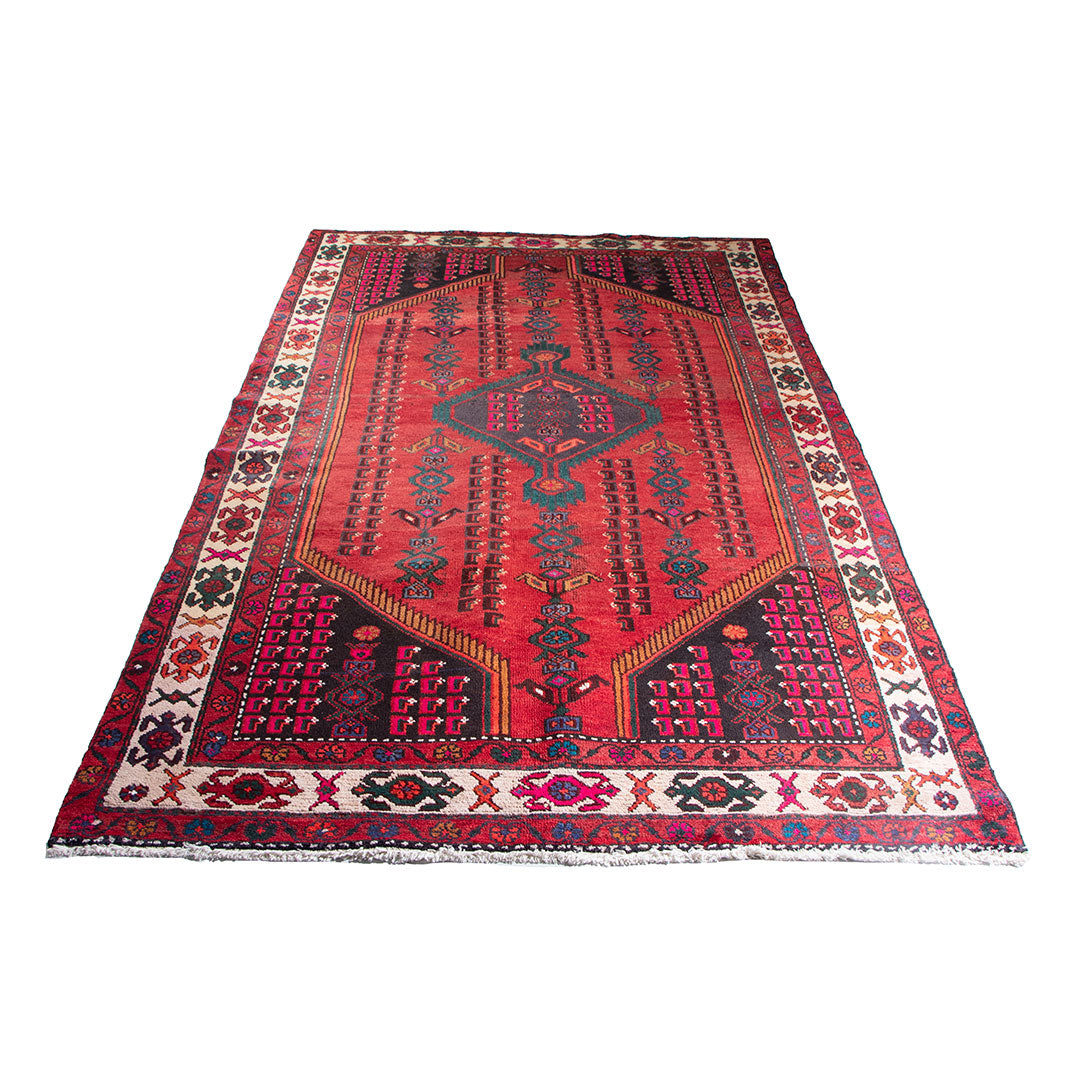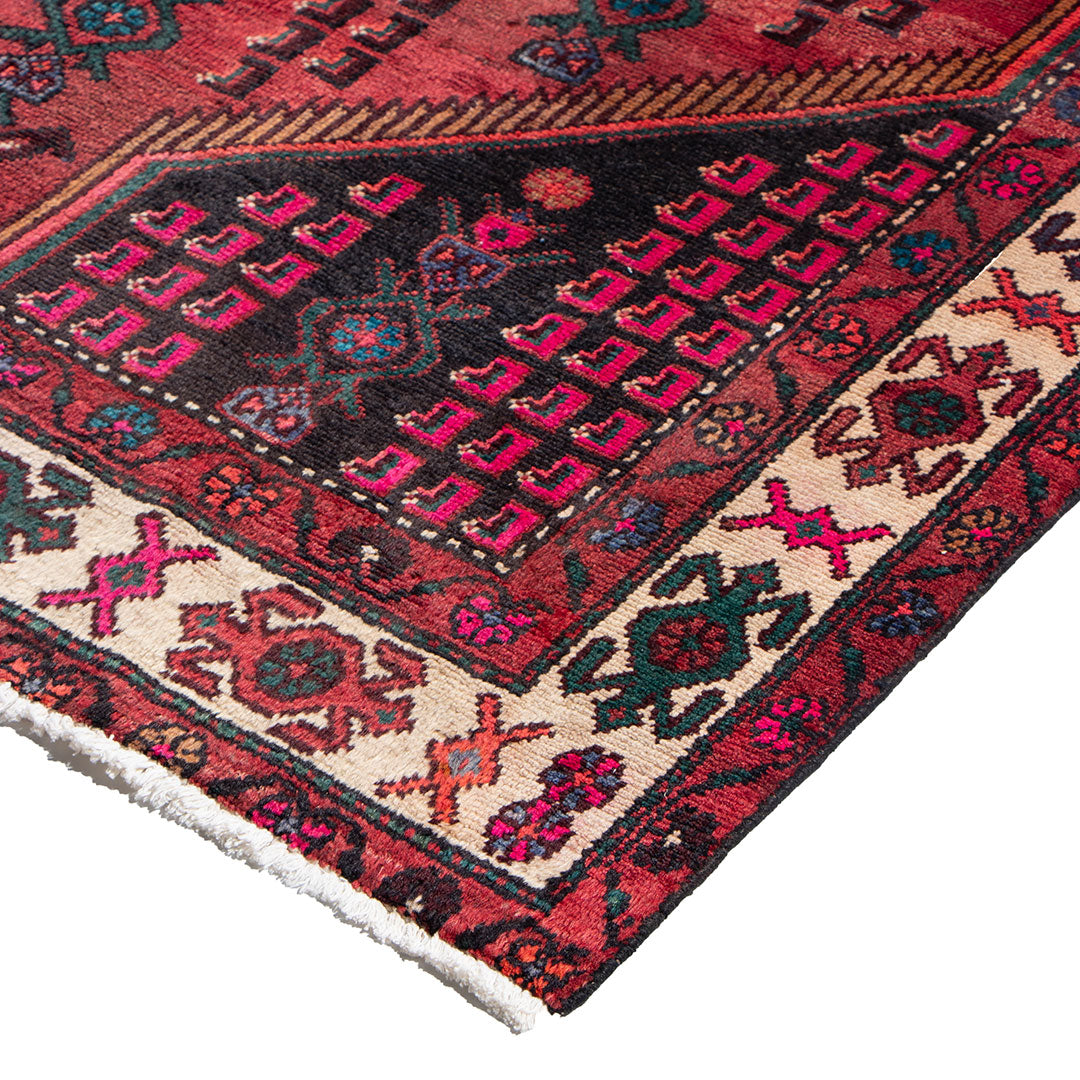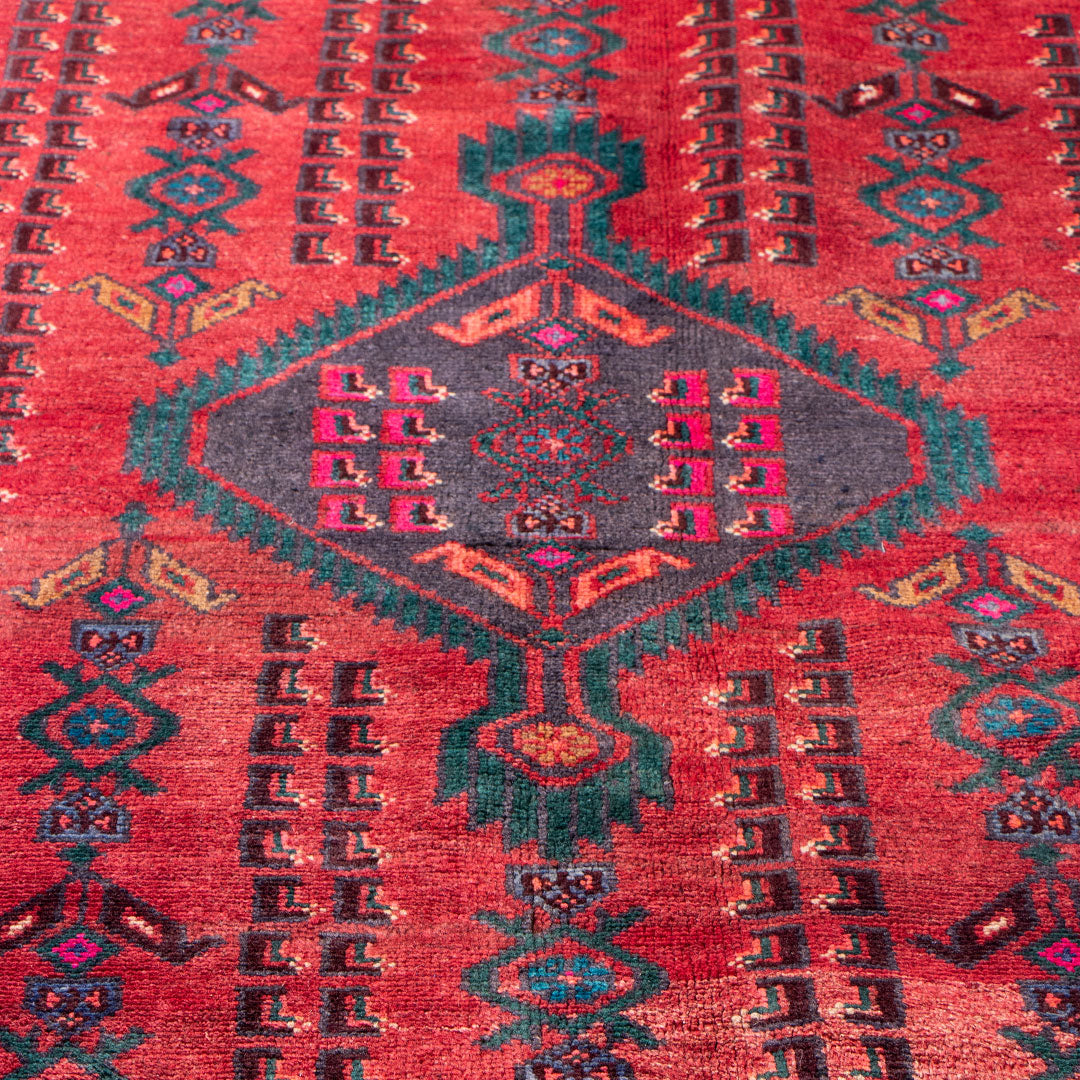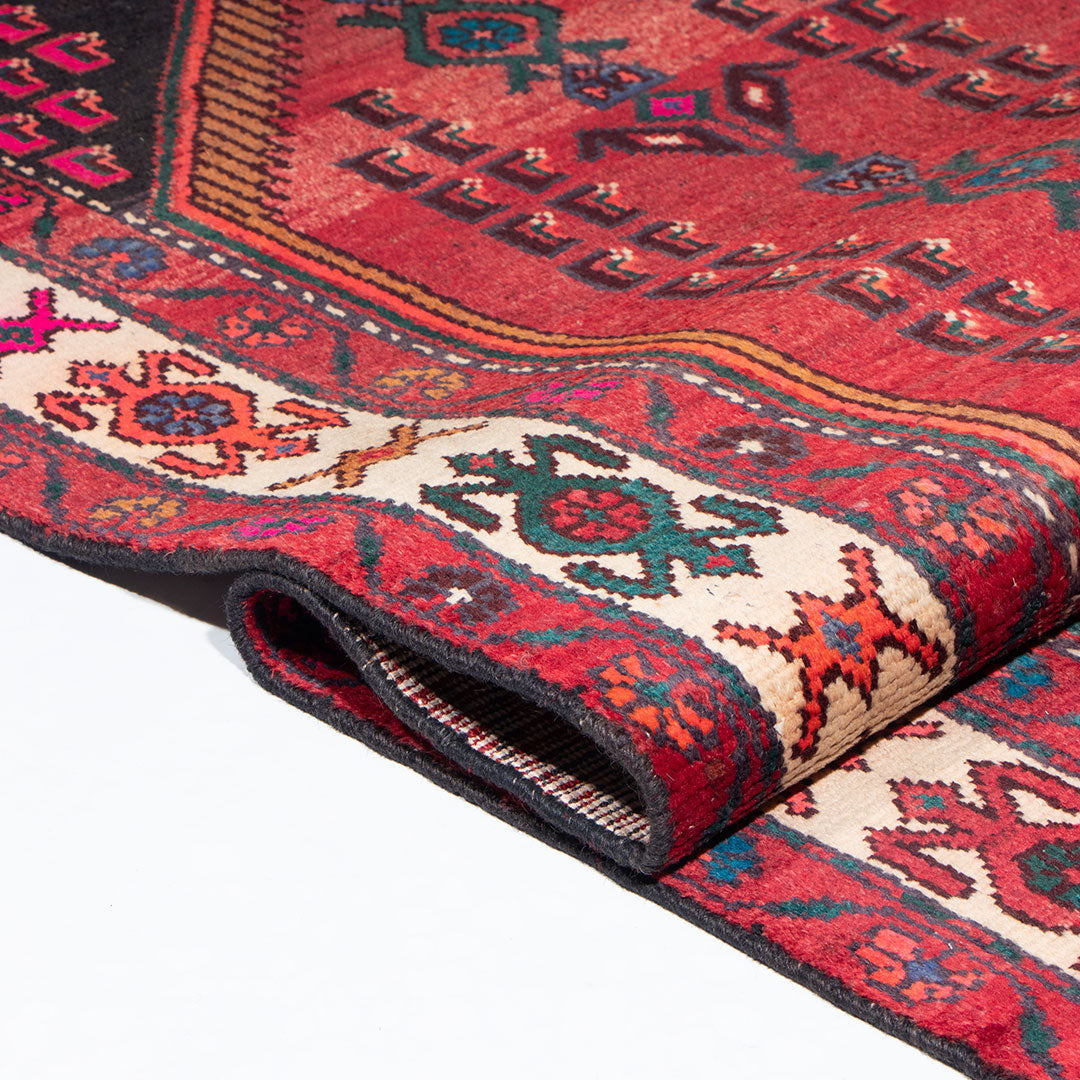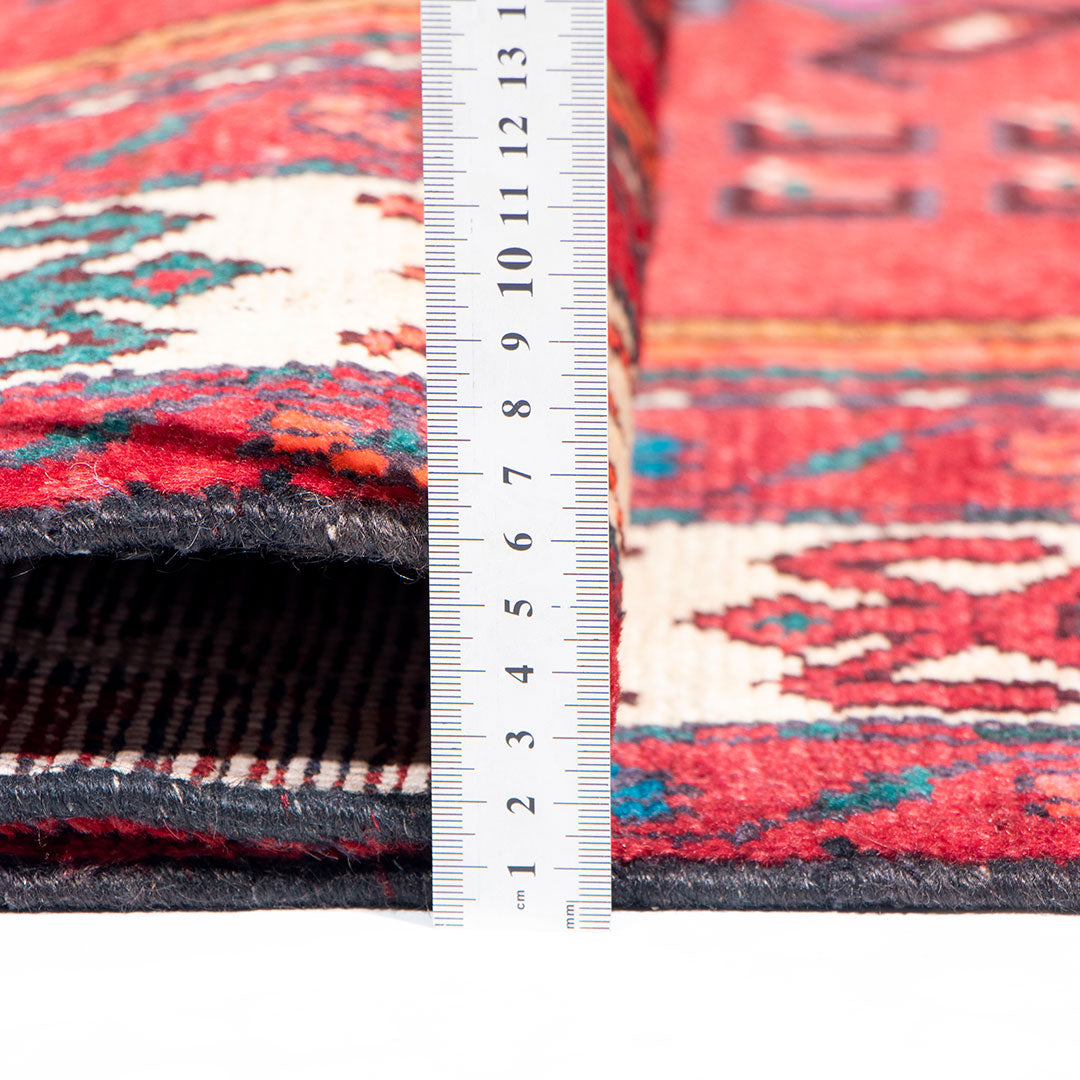My Store
Sirjan rug 274×141 cm
Sirjan rug 274×141 cm
Couldn't load pickup availability
•Free shipping
•Free delivery 5-8 workdays
•14 Days return policy
__________________________________
Code: 1033
Processing: Hand knotted
Size: 274×141 cm
Origin: Iran
Age: old 20-40 years
Material: Natural wool
Sirjan Handmade Carpets: A Treasure of Iranian Textile Art
Sirjan, a city in the southeastern part of Iran, is renowned for its rich tradition of handwoven carpets. These carpets, often
referred to as Sirjan carpets, are highly prized for their unique designs, vibrant colors, and exceptional quality.
Distinctive Characteristics of Sirjan Carpets
Designs: Sirjan carpets are characterized by a wide variety of intricate designs, often inspired by the region's natural beauty and
cultural heritage. Geometric patterns, floral motifs, and animal figures are commonly found in Sirjan carpets. One of the most
distinctive features of Sirjan carpets is the use of the "Shirki Pich" technique, which creates a unique texture and visual effect
Colors: The color palette used in Sirjan carpets is typically rich and varied, with a predominance of earthy tones such as reds,
browns, blues, and greens. These colors are often derived from natural dyes, giving the carpets a soft and muted appearance.
Materials: High-quality wool is the primary material used in the production of Sirjan carpets. The wool is carefully selected and
processed to ensure that the finished carpets are durable and long-lasting. Cotton is often used for the warp and weft of the
carpet.
Knot: Sirjan carpets are typically woven using the symmetrical knot, which is considered to be one of the most secure and
durable knotting techniques.
Size: Sirjan carpets are available in a wide range of sizes, from small runners to large room-sized carpets.
Cultural Significance and History
The art of carpet weaving in Sirjan has a long and rich history, dating back centuries. The carpets produced in this region have
been highly valued for their beauty and craftsmanship, and they have been traded throughout the world. Sirjan carpets have
played an important role in the local economy and have helped to preserve traditional weaving techniques.
Share
